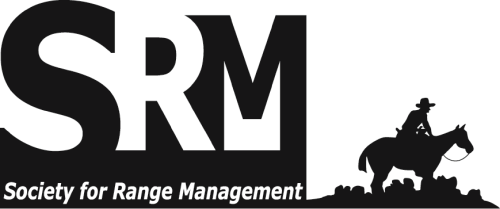On the Ground • Cheatgrass (Bromus tectorum L.) dramatically changes shrub steppe ecosystems in the Northern Great Basin, United States. • Current-season cheatgrass location and percent cover are difficult to estimate rapidly. • We explain the development of a near-real-time cheatgrass percent cover dataset and map in the Northern Great Basin for the current year (2015), display the current years map, provide analysis of the map, and provide a website link to download the map (as a PDF) and the associated dataset. • The near-real-time cheatgrass percent cover dataset and map were consistent with non-expedited, historical cheatgrass percent cover datasets and maps. • Having cheatgrass maps available mid-summer can help land managers, policy makers, and Geographic Information Systems personnel as they work to protect socially relevant areas such as critical wildlife habitats. The Rangelands archives are made available by the Society for Range Management and the University of Arizona Libraries. Contact lbry-journals@email.arizona.edu for further information. Migrated from OJS platform March 2020

Practical, non-technical peer-reviewed articles published by the Society for Range Management. Access articles on a rolling-window basis from vol 1, 1979 up to 3 years from the current year. More recent content is available by subscription from SRM.